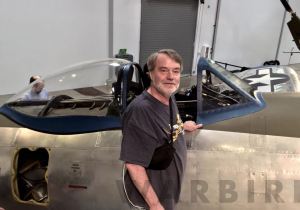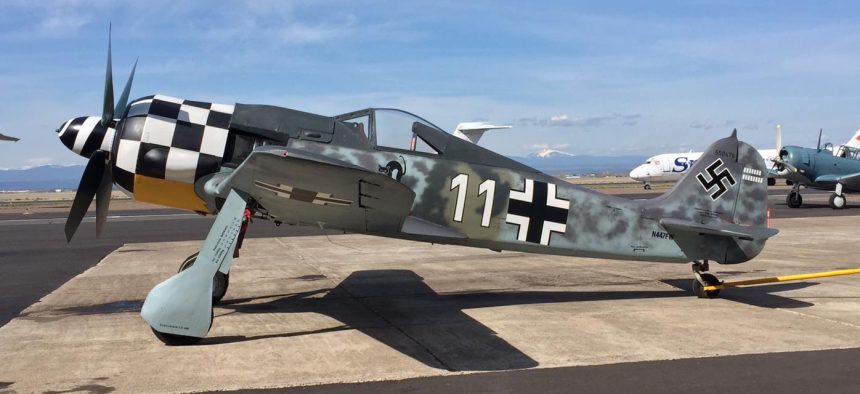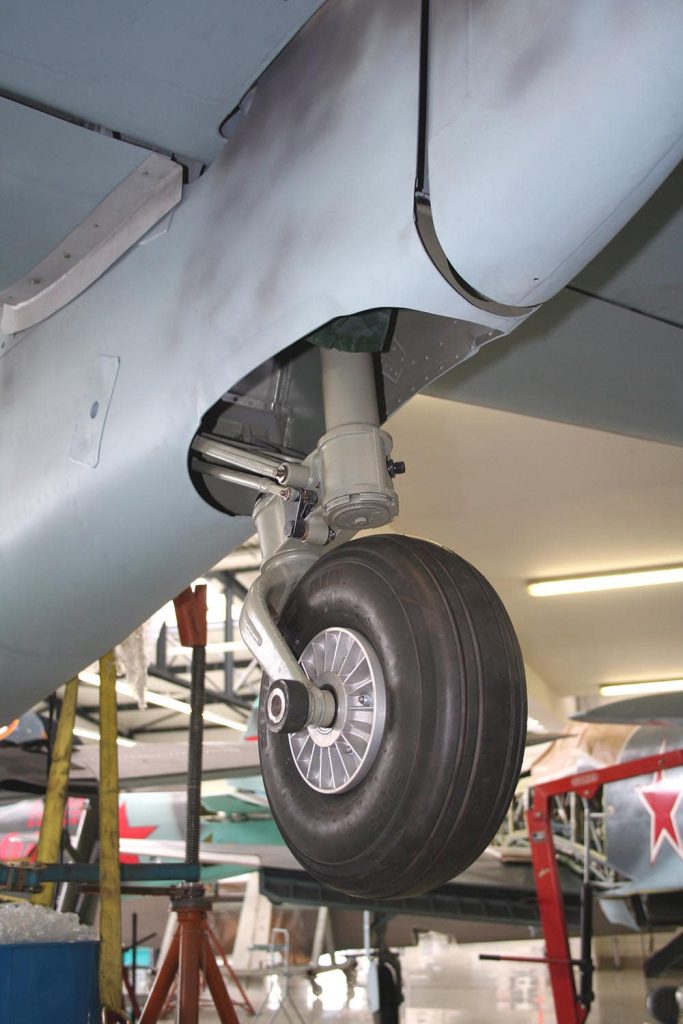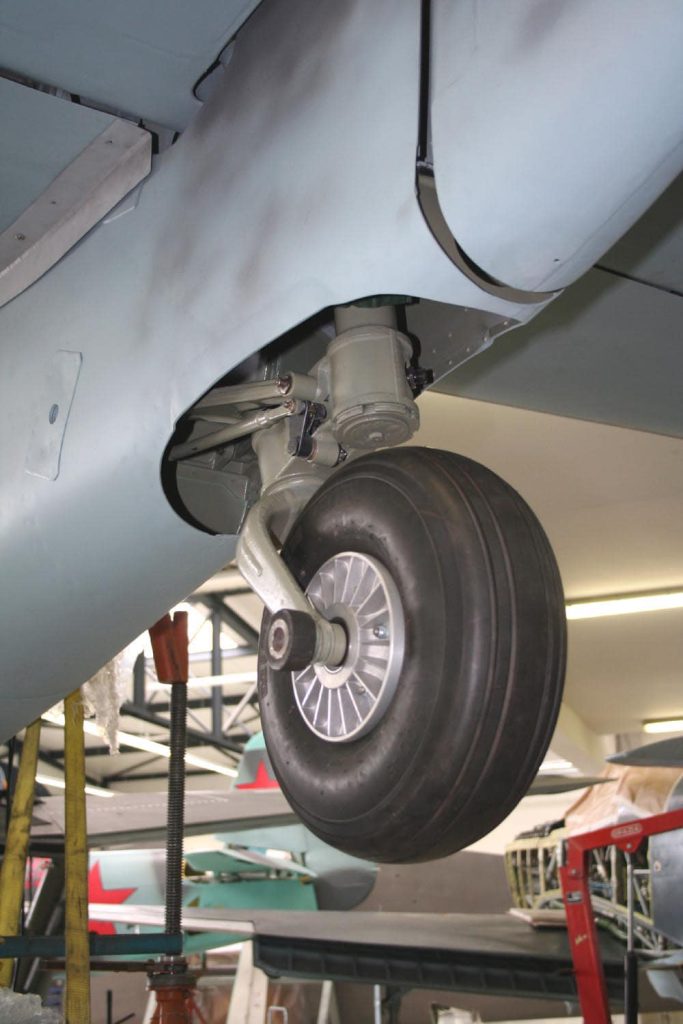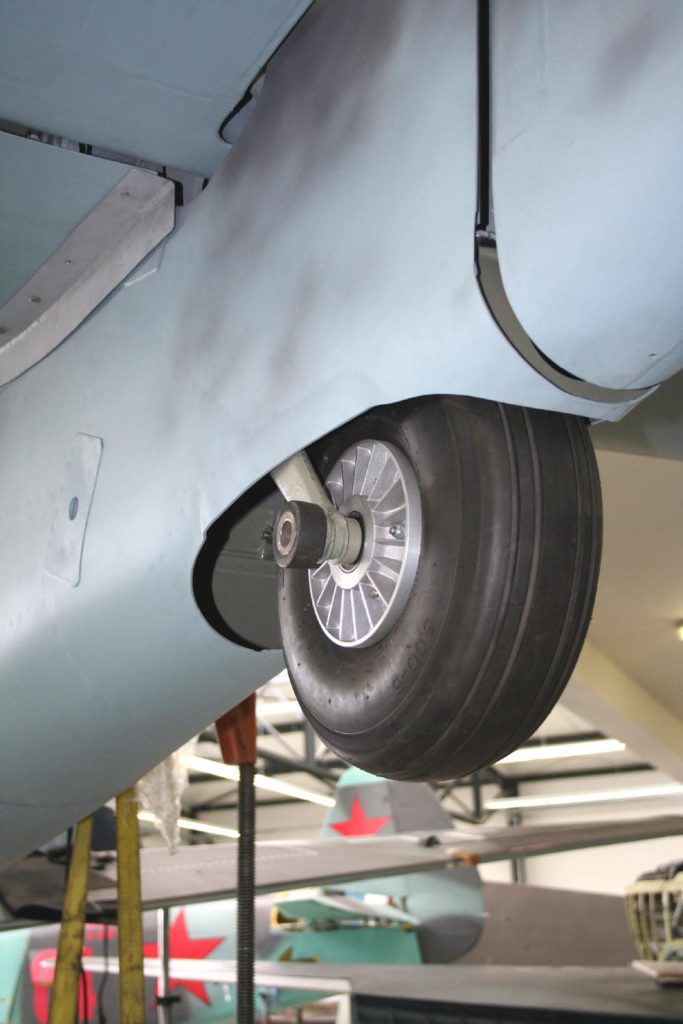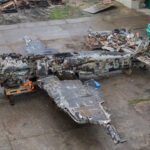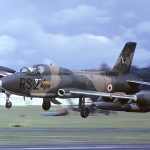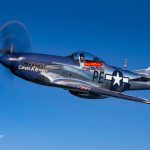By Randy Malmstrom
Since his childhood, Randy Malmstrom has had a passion for aviation history and historic military aircraft in particular. He has a particular penchant for documenting specific airframes with a highly detailed series of walk-around images and an in-depth exploration of their history, which have proved to be popular with many of those who have seen them, and we thought our readers would be equally fascinated too. This installment of Randy’s Warbird Profiles takes a look at the Erickson Aircraft Collection’s Flug Werk FW-190.
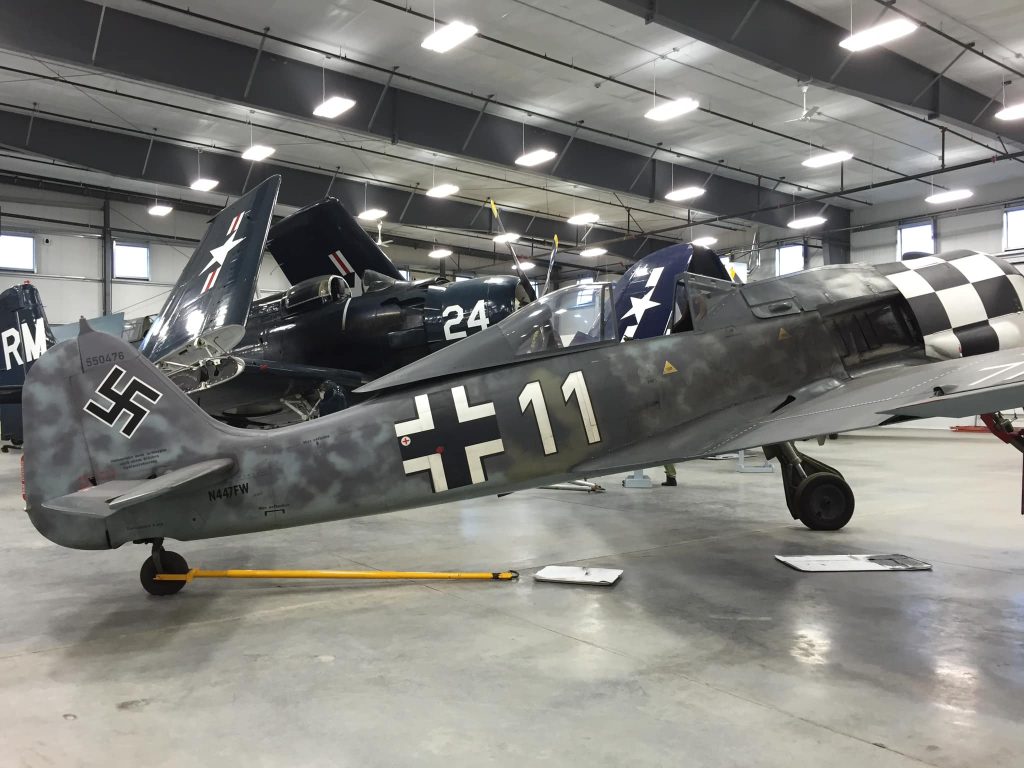
This particular reproduction was built by MeierMotors GmbH. While initially based on a Flug Werk kit, MeierMotors changed nearly all of it, building in lots of WWII-vintage components, etc., and the aircraft was given the official designation “Fw-190A-8/M” (the “M” stands for MeierMotors), with the German civil registration D-FMFW, by the Luftfahrt-Bundesamt (LBA, Federal Aviation Office), the national civil aviation authority of Germany.
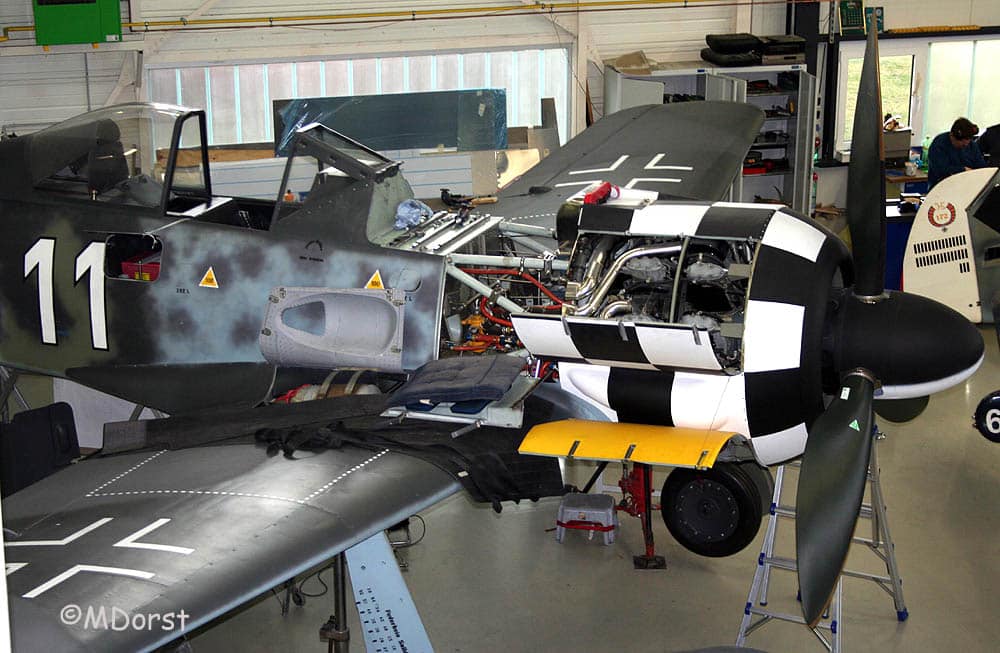
It was initially owned by Jerry Yagen at the Military Aviation Museum in Pungo, Virginia and was acquired in 2013 by Jack Erickson’s “Wulf LLC” to become part of the Erickson Aircraft Collection in Madras, OR. It was one of several Flug Werk GmbH reproductions that were built from the ground up, using many original dies, plans and other information. Powerplant for this replica is a Dongan HS-7 which is a Chinese copy of the Russian Shvetsov ASh-82 engine built under license and in this case, overhauled by Mike Nixon’s Vintage Radial in Chino, CA.
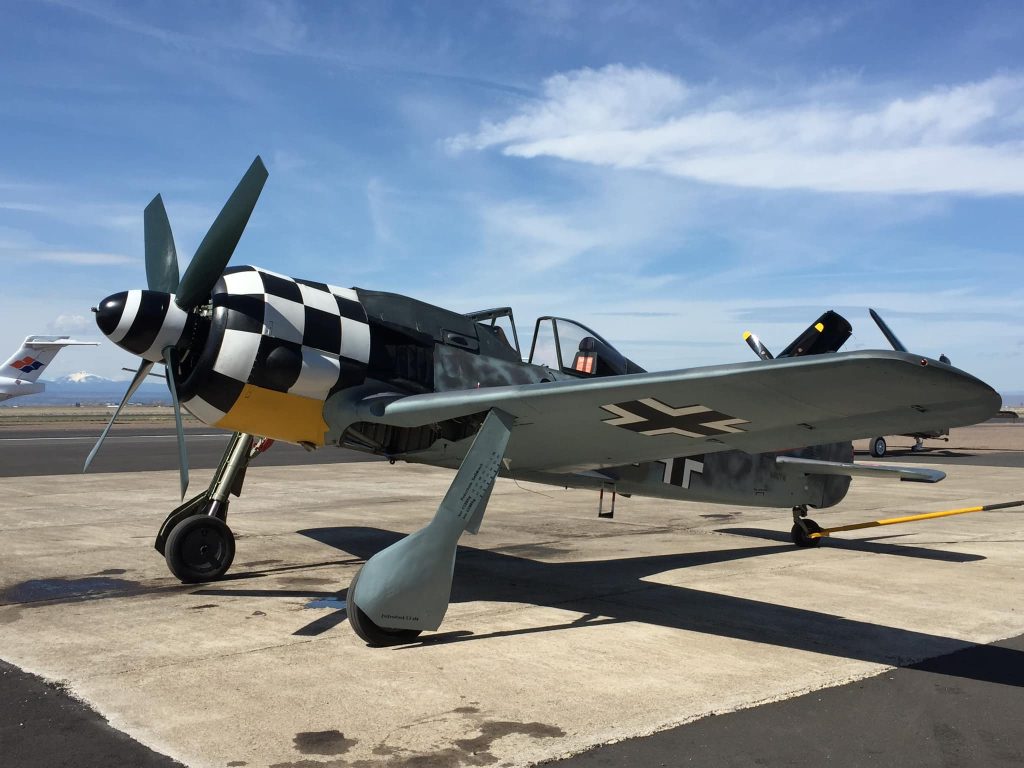
The 3-blade paddle propeller was replaced with a 4-blade propeller as you can see by these photos. MeierMotors tested the aircraft with an original three-blade wooden propeller (as delivered to Yagen), but today these aircraft are flown in other conditions than in World War II. One doesn’t need high performance in high ceilings, you need torque in low ceilings at airshows.
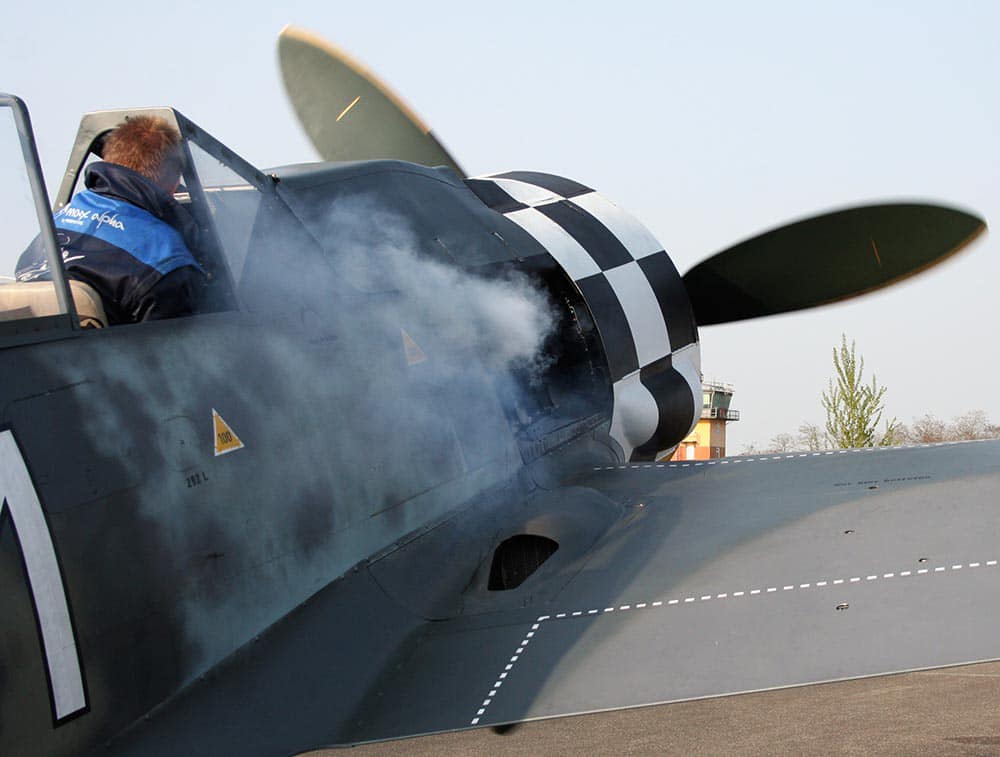
A handful or so years ago, the 3-blade prop was swapped out for a 4-paddle prop, I gather to aid in cooling and also to improve torque — increase RAM-air pressure to the supercharger at low air speeds. So the three-blade did not fit perfectly for the performance needs, and the engine was getting too hot and the handling was not the optimum and to aid in cooling and also to increase RAM-air pressure to the supercharger at low air speeds.
It is painted as Weiße 11, Fw-190A-6, Wk.-Nr. 550476, of Oberleutnant Georg “Murr” Schott, Staffelkapitän of 1./ JG 1. That aircraft was part of a production batch that was built by AGO Oberschleben between July and August of 1943. Schott was shot down September 27, 1943 over the North Sea while intercepting bombers. He bailed out but his dinghy containing his body was found washed ashore on a beach at the island of Sylt on October 11, 1943. Schott was credited with 20 victories, three from the Spanish Civil War.
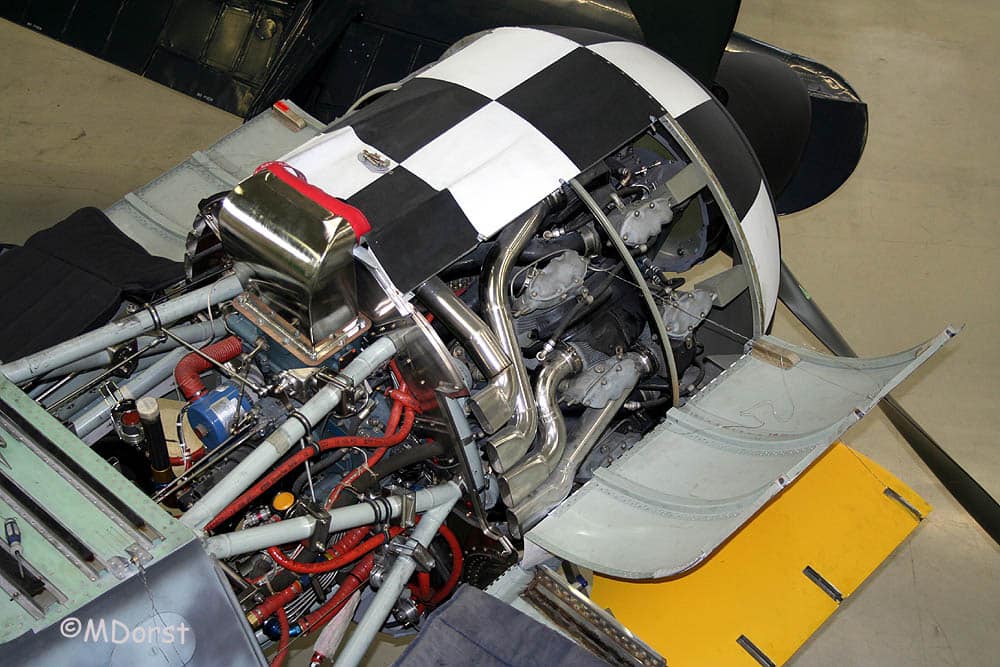
For this project, Yagen wanted a bomber-killer, but not a well- known ace. He also wanted the JG1 scheme with checkerboard or black-and-white stripes on the cowling, as well also a nose art. So the only possibility was White 11 with the black cat on the left side.
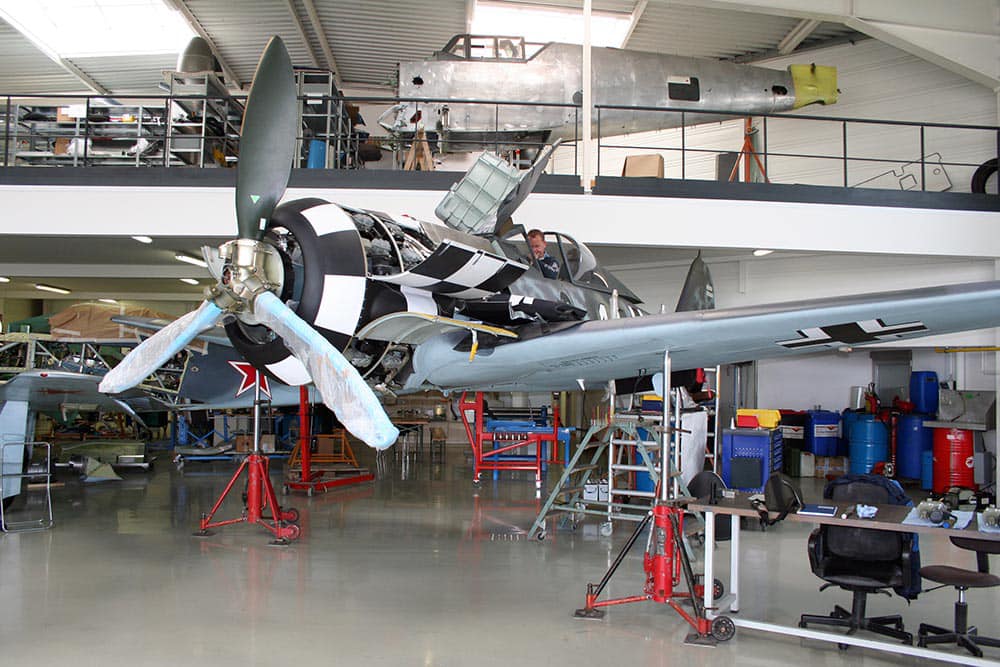
About the author
